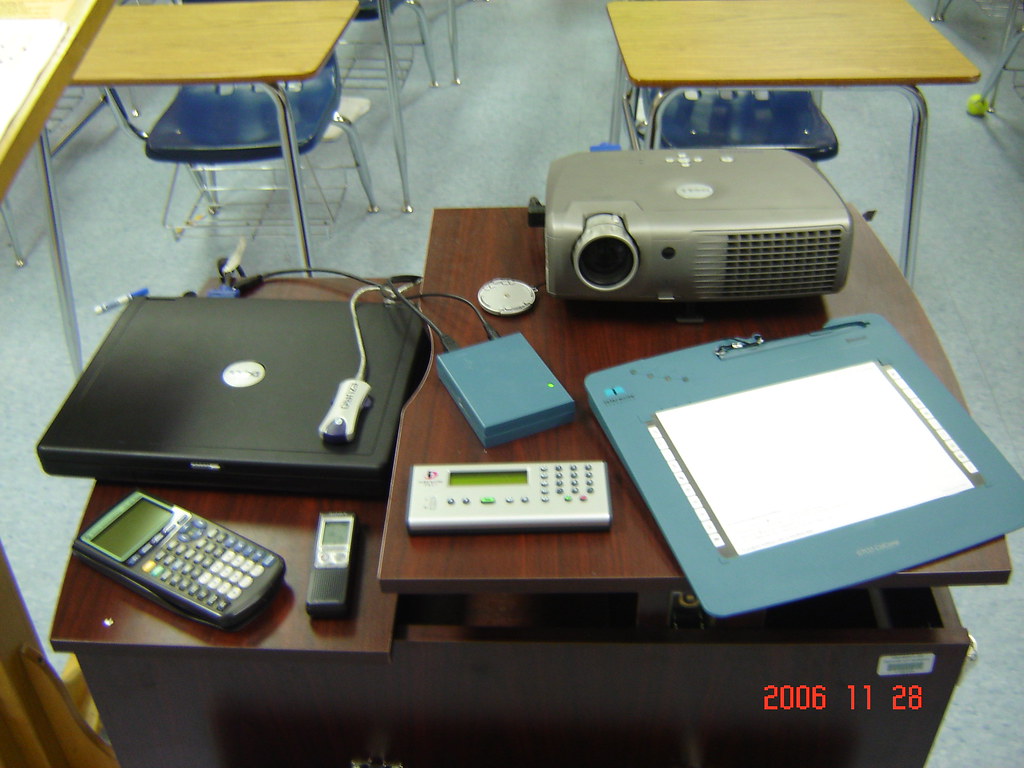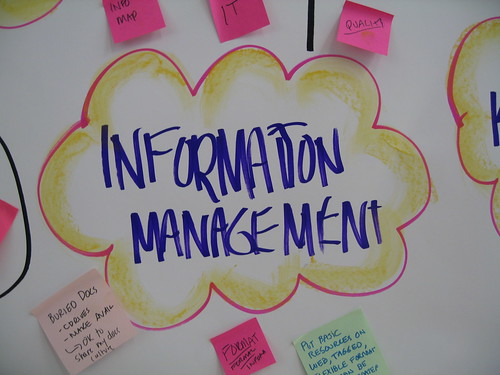 | |||
| Photo Credit to Shanna Moss (Me) on Wordle |
In the beginning of this class I truly had no idea what to expect. I anticipated the best, but feared the worst... failure. I've always had a love hate relationship with technology, but at the closing of this semester I've realized that this tumultuous relationship has vastly improved. While the book provided useful information and was instrumental in fueling the subject matter for my blog, I did not find it as educational as the hands-on experience of the classroom and assignments given.The teacher webpage and web quest were my two favorite assignments. By successfully maneuvering through those I was able to fully grasp the importance of relevance of using both, especially as a future educator. As far as the learning outcomes, those two exercises certainly made me more proficient in using the internet as a medium and goal of K-12 instruction. The website review and collaborative lesson plan provided me with the experience to evaluate and critique the usefulness and appropriateness of various educational software, hardware and online resources. Also, learning how to create a rubric was an essential task I most definitely will require in the future. To me the most beneficial objective that I learned this semester was learning how to create online portfolios that promote classroom management, administration and teaching all through technology. The teacher web page, web quest, and Wiki were three essential assignments in helping me acquire this skill. I will admit, the collaborative Wiki and lesson plan assignments drove me a little nuts, I anticipated that some team members would slack a bit, but not to the extent as they did on the Wiki project. With that said, I still learned a lot from the collaborative Wiki page and plan to use it in the future, especially with lesson planning and activity searching for my future classroom. The discussion posts and blog entries were very helpful in understanding terminology and various subject matter that pertains to technology. I especially found the assistive technology discussion post to be extremely informative, I had no idea there was such an array of tools available for individuals with disabilities. The activities and resources we explored in the classroom were great, I plan to use my Symbaloo and Delicious account to continue to save valuable internet resources. This class truly helped expand my technological horizons. While before I was content on using the same technology that I felt familiar and safe with, I am now up for new challenges of exploring and conquering the myriad of software and programs that exist. I am thankful for this newly found technological confidence and I am sure my future students will be as well!
With that said, I bid this class and semester adieu and wish us all the best of luck with our future endeavors!



















